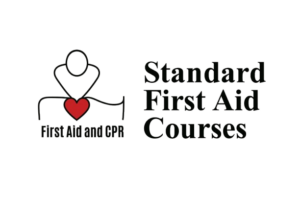Juvenile idiopathic arthritis is a disease that causes inflammation and swelling of joints. Generally, it is a childhood disease that causes stiff and painful joints. Some children outgrow this condition after treatment but others still continue treatment until adulthood.
Types of juvenile idiopathic arthritis

- Oligoarticular – the common and mildest form where 1-4 joints are affected. Generally, there is pain in the ankles, knees, toes, fingers, elbows, hips and wrist.
- Polyarticular – affects 5 or more joints and becomes severe overtime. It is similar to rheumatoid arthritis in adults.
- Systemic – the most severe, pain in many joints and spreads to the organs.
- Enthesitis – affects areas of the ligaments and tendons that are connected to the bones. It also affects the joints.
- Psoriatic – a combination of tenderness of the joint and inflammation with psoriasis of skin.
What are the causes
- A very active immune system attacking tissues of the joint
- A certain gene mutations making a person prone to factors such as the virus which causes the disease.
Symptoms
- At first, pain, stiffness and swelling of the joints
- Difficulty sleeping
- Problems with walking
- Fever
- Rashes
- Lastly, development of inflammatory eye disease
Treatment
- Apply heat on the affected area for at least 20 minutes to lessen the stiffness and the pain of the joints. In addition, another alternative is soaking a clean towel in water or placed in a microwave for 15 to 30 seconds. Place hot water bottles in the area. Place a damp cloth between the skin and the hot water bottle to prevent burning the skin and delays the healing. Avoid using heat if the affected area is warm and red.
- Let the child wear footed pajamas and thermal underwear to lessen stiffness of the area in the morning. Sleeping in a sleeping bag, using electric blanket or a heated waterbed is also good for the condition.
- A warm bath or shower after waking up in the morning to relieve of the stiffness and after taking a bath perform gentle stretches.
- Take non-steroidal anti-inflammatory drugs (NSAIDs) to lessen the inflammation and the pain.
- The joints can be injected with prescribed corticosteroid to lessen the inflammation especially with oligoarticular juvenile idiopathic arthritis. Generally, steroid medication given orally or through an IV with severe pain in the joints, having a fever or pericarditis.
- Performing regular exercises with the help of the physical therapist to restore range of movement of the joints, muscle strength and prevention of muscle contractures. Muscle contracture is the shortening of a joint or a muscle permanently especially if the muscles and tendons become very tight for too long.
- Lastly, seek the help of the occupational therapist by providing the child ways of protection from playing and performing school activities without worsening the symptoms.
